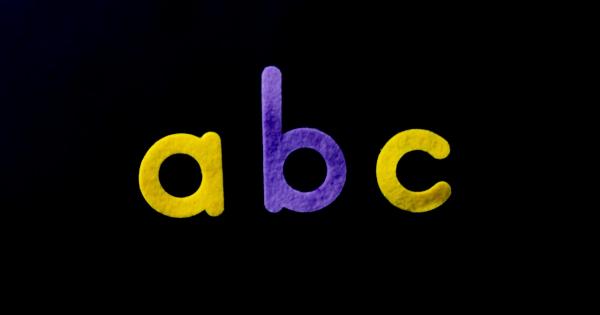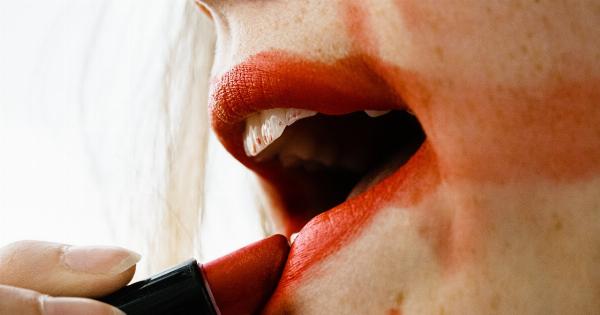Orthodontic issues are common among children and can have a significant impact on their oral health and overall well-being.
While undergoing orthodontic treatment at a young age can help to address these challenges effectively, it is essential for parents and caregivers to be aware of the most common orthodontic issues that children may experience. This article explores some of the typical orthodontic challenges in childhood and provides insights into their causes and possible treatment options.
1. Malocclusion
Malocclusion, also known as a bad bite, refers to the misalignment of the teeth and/or the jaws.
It can occur due to various factors, including genetic predisposition, abnormal jaw development, thumb sucking, mouth breathing, and prolonged use of pacifiers or bottle feeding.
Treatment for malocclusion typically involves orthodontic appliances such as braces or clear aligners. In severe cases, orthognathic surgery may be required to correct the underlying jaw discrepancy.
2. Crowding
Crowding is a common orthodontic problem in which there is insufficient space in the mouth for the proper alignment of all the teeth.
This can occur when the size of the teeth is larger than the available space or when there is a mismatch between tooth and jaw size.
Braces or aligners are commonly used to correct crowding by gradually shifting the teeth into their correct positions. In some cases, extraction of one or more teeth may be necessary to create enough space for proper alignment.
3. Overbite
An overbite occurs when the upper front teeth overlap excessively with the lower front teeth. It can be caused by genetic factors, thumb sucking, improper tongue posture, or prolonged bottle feeding.
Orthodontic treatments like braces, functional appliances, or headgear can be used to correct an overbite. Early intervention is crucial for the most effective treatment outcomes.
4. Underbite
An underbite is the reverse of an overbite, where the lower front teeth overlap the upper front teeth. It can be caused by jaw discrepancies, genetics, or habits such as prolonged pacifier use or thumb sucking.
Treatment options for underbite include braces, jaw expanders, or orthodontic headgear. In some cases, orthognathic surgery may be necessary to correct the underlying skeletal discrepancy.
5. Crossbite
A crossbite occurs when some of the upper teeth sit inside the lower teeth, either in the front or back of the mouth. This can lead to jaw misalignment and asymmetry if left untreated.
Treatment for crossbite may involve the use of braces, palate expanders, or other orthodontic appliances to align the upper and lower teeth properly. Early intervention is essential to prevent further complications.
6. Open Bite
An open bite is characterized by a space between the upper and lower front teeth when the back teeth are in contact. It can occur due to habits such as thumb sucking, tongue thrusting, or certain skeletal growth patterns.
Correcting an open bite often requires a combination of orthodontic treatment, habit cessation techniques, and possibly oral surgery, depending on the severity of the condition.
7. Tongue Thrusting
Tongue thrusting is a swallowing pattern in which the tongue pushes against the front teeth instead of resting against the roof of the mouth. Prolonged tongue thrusting can lead to dental and speech problems.
Treatment for tongue thrusting may involve a combination of orthodontic appliances, habit cessation techniques, and therapy to retrain the tongue to adopt a proper resting posture. Early detection is crucial to prevent long-term issues.
8. Dental Midline Discrepancy
A dental midline discrepancy occurs when the center of the upper and lower teeth does not line up properly. This can affect the aesthetics of the smile and may be caused by various factors such as genetics, missing teeth, or jaw discrepancies.
Treatment for dental midline discrepancy may involve orthodontic interventions such as braces or aligners, and in some cases, cosmetic dentistry procedures like veneers may be recommended to achieve optimal results.
9. Abnormal Tooth Eruption
Abnormal tooth eruption refers to the improper emergence of permanent teeth or delayed shedding of primary (baby) teeth. It can lead to issues with tooth alignment, bite problems, and overall oral health.
The treatment for abnormal tooth eruption depends on the specific situation but may include orthodontic intervention, tooth extraction, or space maintenance to ensure proper dental development.
10. Dental Trauma
Dental trauma can occur due to accidents or sports-related injuries, resulting in the displacement, fracture, or loss of teeth. Such trauma can significantly affect the alignment and overall oral health of a child.
Treatment for dental trauma varies depending on the type and severity of the injury. It may involve orthodontic procedures to correct dental misalignment as well as restorative and cosmetic dental treatments to repair or replace damaged teeth.






























